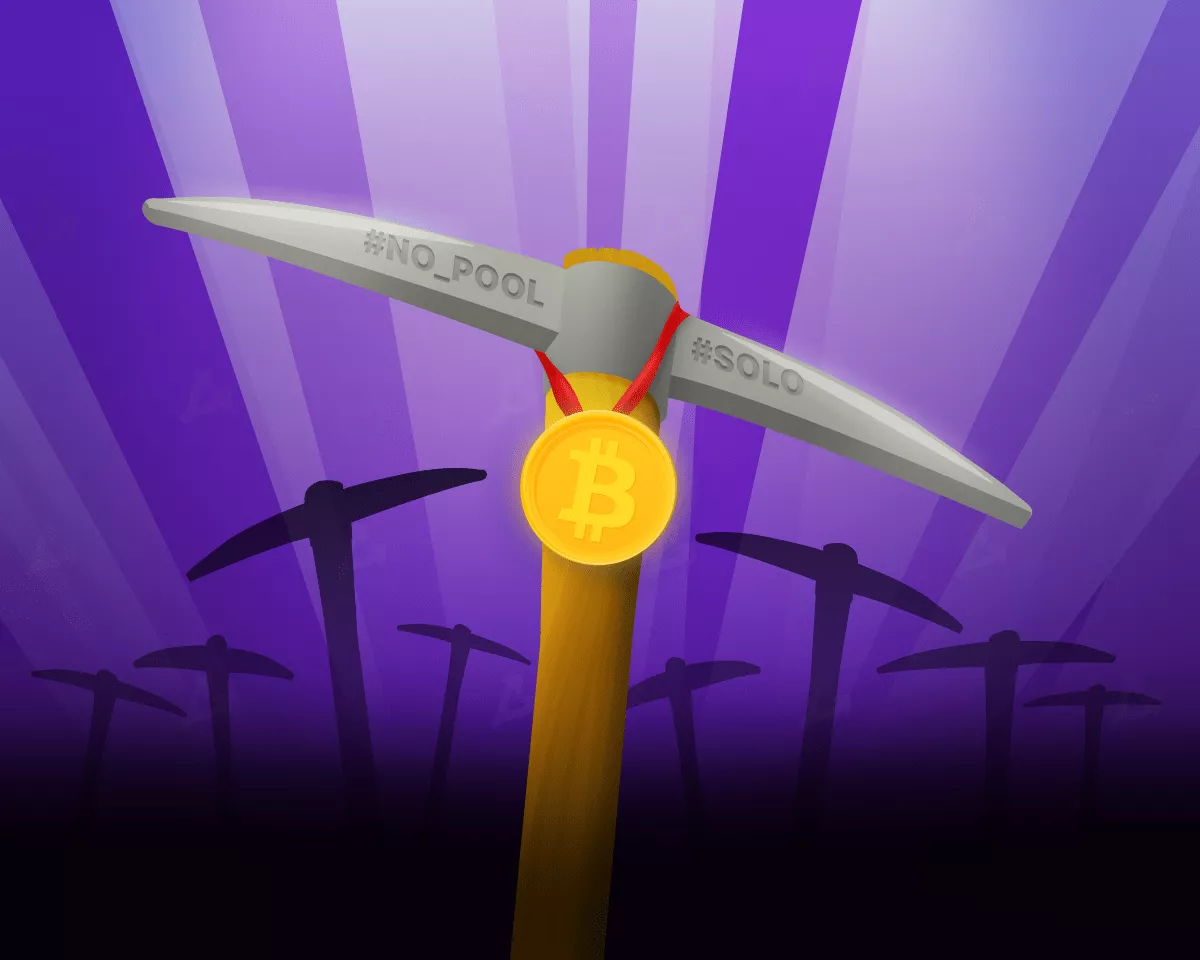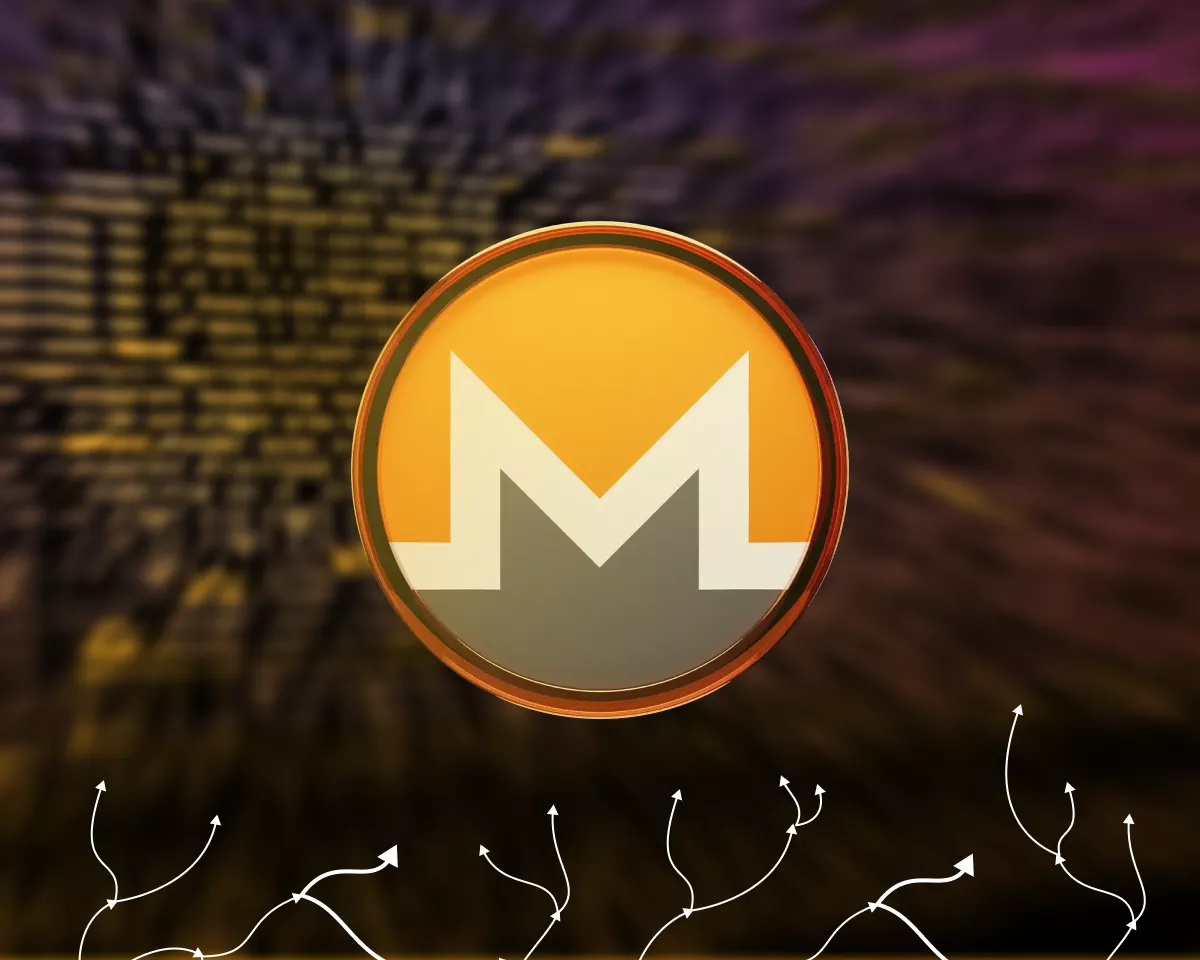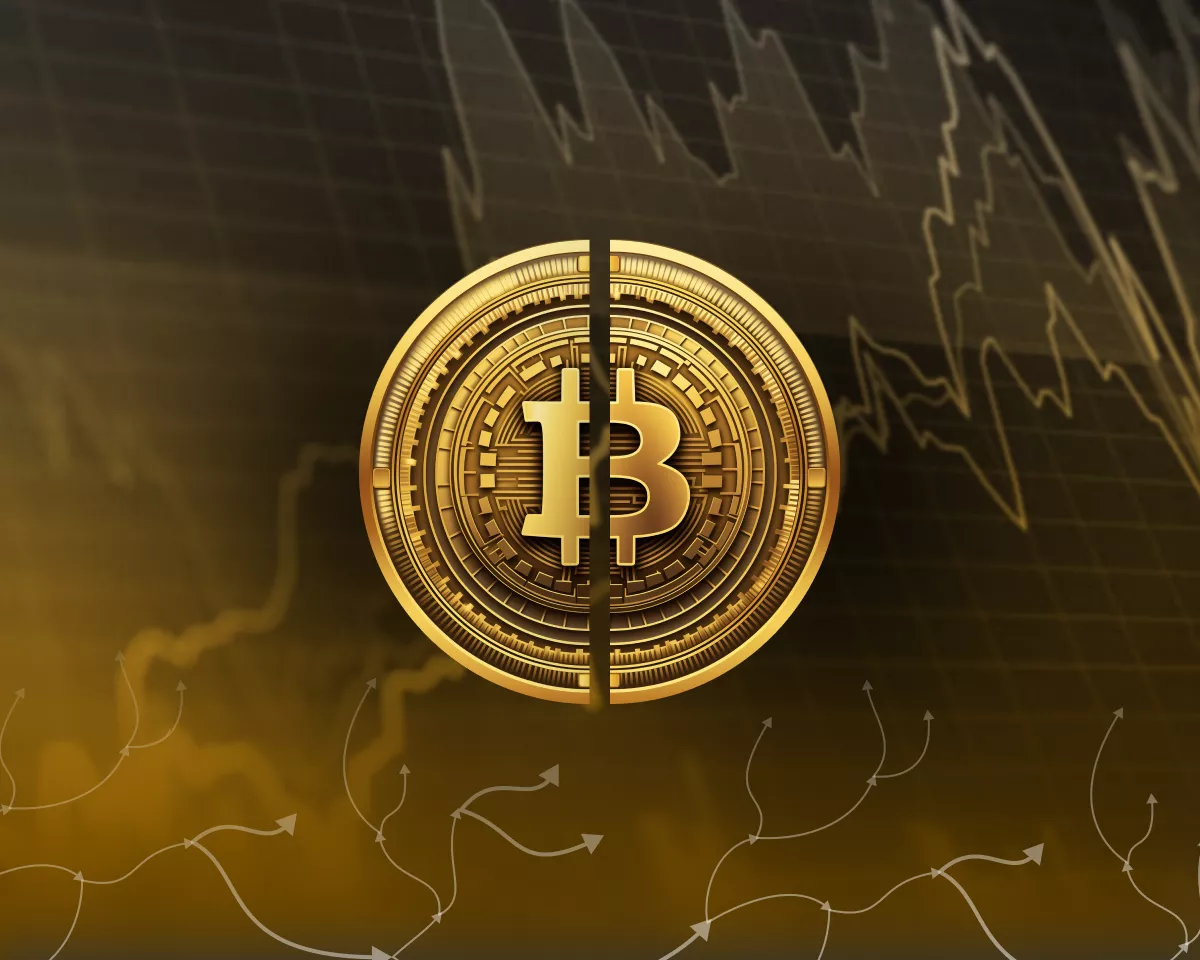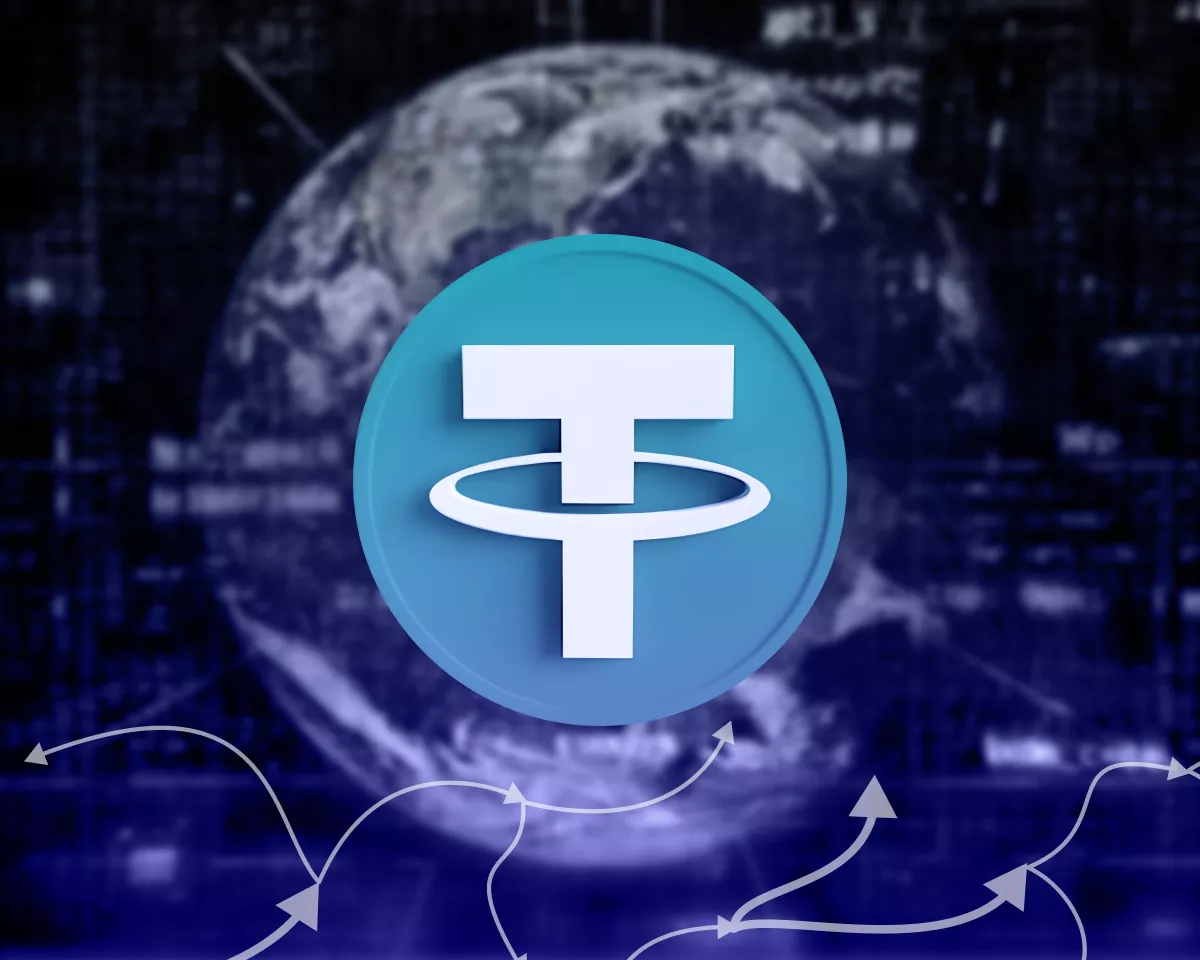Crypto ecosystems are established environments driving innovation in today’s decentralized world, mainly driven by their utility and large user base that drive engagement. These ecosystems have shown promise, particularly in the value of their native tokens. If you’ve ever wondered what makes crypto ecosystems like POPG, Dogecoin, and Ethereum tick, you are in the right place. In this deep dive, we explore the top 10 crypto ecosystems that not only have potential but are shaping the future of how we interact with the blockchain. So, buckle up—this is where the future is being built. What is the role of crypto ecosystems and platforms in fostering innovation? Crypto ecosystems and platforms are key in fostering innovation within the Web3 ecosystem. They ensure utility and engagement in crypto projects, which eventually drive value to their tokens. Other key roles include: Addressing the blockchain trilemma. The blockchain trilemma states that no crypto ecosystem can achieve scalability, decentralization, and security, without compromising one. Crypto ecosystems take a multi-faceted approach to resolving this trilemma by implementing novel mechanisms and off-chain solutions, including leveraging the strengths of other ecosystems. These innovations ensure they can handle more users without compromising security or network autonomy. Enabling Diverse Applications Crypto ecosystems empower developers to create innovative applications by providing them with grants and documentation without having to reinvent the underlying blockchain technology. Such setups encourage creativity in various sectors, ranging from entertainment and supply chains to healthcare and decentralized finance (DeFi). Cross-Sector Collaboration Collaboration between different sectors is vital in achieving blockchain’s full potential. Crypto ecosystems also prioritize interoperability across blockchains, meaning more benefits for the community. Cross-sector collaboration brings more liquidity, flexibility, scalability, and enhanced innovation. Crypto ecosystems open doors to collaboration and create complex ecosystems spanning multiple platforms. The top crypto ecosystems will hold immense significance in 2025 for several compelling reasons: Advanced technology Higher scalability and security Higher community support and engagement Real-world use cases List of top crypto ecosystems in 2025 POPG Ethereum Solana Polygon Ripple Toncoin Sui Network Dogecoin Chainlink Avalanche POPG ($POPG): Top emerging crypto ecosystem POPG is a unique web3 entertainment ecosystem focused on community-driven growth and sustainability. Its native token, $POPG, gives holders access to exclusive features, projects, and rewards across three key platforms: POP.VIP: Save $POPG and climb through VIP levels to unlock exciting rewards and gain exclusive access to premium events. POP.GAME: Use $POPG to dive into the thrilling world of POP.GAME, where token holders can actively influence the platform’s setup and future by sharing ideas and suggestions—all while ensuring a healthy, enjoyable experience for the community. POP.LIVE : Holders can use $POPG to secure exclusive & high-demand live events/concerts tickers at fair prices, setting it apart from traditional web3 entertainment. With a strong emphasis on fan empowerment and rewarding experiences, POPG invites everyone to get involved as it prepares for its upcoming centralized exchange listing. Stay updated by following them on X . Ethereum ($ETH) Ethereum is the leading crypto ecosystem in terms of market value and developer activity. It boasts a wide range of applications, many with their native tokens. One is tempted to examine the top tokens and applications when exploring the Ethereum ecosystem. These have robust user engagement, value creation mechanisms, and tokenomics. Notable mentions include: MakerDAO – Offers a decentralized alternative to asset-backed stablecoins. AAVE- A non-custodial liquidity protocol for borrowing and lending crypto assets. Uniswap – A decentralized crypto exchange Lido DAO – A liquid staking solution for Ethereum and other proof of stake tokens. Ethereum also comprises Layer 2 solutions, which are networks built on top of the Ethereum blockchain. These help reduce congestion and fees on the base layer. Examples include Polygon, Arbitrum, and Optimism, all with their thriving ecosystems. All fees on Layer 2 networks are settled in Ethereum’s native token, $ETH. $ETH is also a governance token and an incentive for nodes that secure the network. Solana ($SOL) Solana is famous for its high throughput exceeding Bitcoin and Ethereum’s. The blockchain was created in 2017 to provide a secure, fast, and scalable infrastructure for decentralized applications. Most activities in the Solana ecosystem are linked to its native token, $SOL. As a result, $SOL’s value tends to reflect the overall activity and growth of the Solana ecosystem. This relationship between network usage and token value is a notable aspect of Solana’s economic model. Some of the leading applications on the Solana ecosystem include: Serum – a lightning-fast decentralized exchange. Raydium – an automated market maker (AMM) with real-time network liquidity provisioning. Mango Markets – a cross-margin trading platform offering ultra-speed execution and DeFi’s decentralized ethos. Polygon ($POL) While most Ethereum ecosystem tokens, like $POL, have shown a correlation with Ethereum returns, this view oversimplifies the complex nature of these assets. Each Layer 2 ecosystem token has unique features and should be evaluated individually. When Polygon started, it sought to solve the blockchain trilemma introduced by Vitalik Buterin. In this effect, Polygon architecture focused on scalability while relying on Ethereum for security and decentralization. The original thesis has, of course, evolved. Therefore, Polygon is a key player in addressing Ethereum’s scalability issues. Its current total value locked (funds in the ecosystem) is $870M. Polygon boats a variety of decentralized applications that you can explore. These include borrowing and lending Dapps like AAVE and Compoud V3, decentralized exchanges like Uniswap and QuickswaP, and prediction markets like Polymarket. Ripple ($XRP) Ripple is an ecosystem that aims to interconnect all the world’s disparate financial systems by enabling frictionless money transfer using blockchain technology. The protocol runs on the XRP Ledger blockchain, allowing it to complete transactions quickly and cheaply. $XRP is the fuel of the Ripple ecosystem used to settle transaction fees and reward node operators who secure the network. The Ripple network, through its counterparty, RippleNet, offers more utilities, including: Processing cross-border transactions through fiat currencies Offering ample liquidity through its XRP token A standard interface that corporates can use to pay their members To this end, Ripple launched its stablecoin, Ripple USD ($RLUSD), whose value is pegged to and backed by the US dollar. With over a decade of experience at the intersection of finance and crypto and a proven track record working with regulators and policymakers globally, Ripple is accelerating the digital asset economy with $RLUSD. Toncoin ($TON) The Open Network (TON) ecosystem has tremendously grown over the last 12 months. TON was initially created by Telegram, so the current ecosystem remains closely integrated with the messaging platform. In April 2022, TON made a significant announcement that allowed Telegram users to make payments through the application. The Telegram integration has allowed the TON ecosystem to thrive, leading to the widespread use of on-chain gaming apps and bots with their native tokens built on TON. Another reason for TON’s popularity is its distinctive features. TON offers multi-chain architecture and asynchronous smart contract calls. $Toncoin is TON’s native cryptocurrency used for transactions, network operations, games, or collectibles. SUI Network ($SUI) The SUI network is modeled for instant transaction finality and high-speed transactions, making it the go-to option for gamers and other real-time applications. Other features that make the SUI ecosystem suitable for high-throughput applications include its object storage model. The model differs from other conventional ecosystems, which process transactions sequentially, limiting their scalability. SUI only processes relevant data, allowing its nodes to validate uncorrelated transaction flows independently and individually instead of having to order all transactions. The Mysticeti update in 2024 marked a significant milestone for the SUI ecosystem. The update enabled SUI to offer the lowest latency in the industry, approximately 400 milliseconds, an 80% improvement. The $SUI token fuels the SUI ecosystem. The token is used to settle transaction fees and can be used as a versatile liquid asset, a unit of account, and more complex operations enabled by smart contracts. Dogecoin ($DOGE) Unless you’ve just stumbled into the Web3 world or taken a digital detox in a cave somewhere, you’ve probably encountered Dogecoin. It is a coin based on a popular meme featuring a Shiba Inu, a Japanese dog breed. Doge has gradually established itself as a genuine crypto and a potential investment asset. Maybe you’ve even heard of $DOGE from key opinion leaders like Elon Musk. The Dogecoin code base is open source, meaning you can view or use its source code or participate in its development. The ecosystem is maintained by a community of users and developers, which has significantly grown over the years. This ecosystem is highly engaged in developing new applications for Dogecoin, from donations and charities to providing a fast, cheap, and reliable way for value transfer. Part of its support base also stems from the Dogecoin Foundation, a nonprofit organization that advocates for and supports the Dogecoin project. Dogecoin boasts a strong community and media coverage, which have propelled it to the top 10 cryptocurrencies in market value, which exceeded $46 billion at press time. Chainlink ($LINK) Chainlink is technically positioned to grow its ecosystem through high-profile integrations and collaborations. Chainlink is a decentralized oracle network that connects quality of-chain data feeds with the blockchain. Oracles enable smart contracts to interact with real-world data. The Chainlink ecosystem now boasts over 2,000 projects and integrations, providing them with critical infrastructure that could entail: Integrating existing financial infrastructure with the blockchain while supporting institutional compliance. Enabling interoperability between blockchain infrastructure by enabling the accurate movement of assets across blockchains. Enabling innovation within decentralized finance by extending the possibilities to real-world applications. Recent high-profile partnerships in the Chainlink ecosystem include: Integration with Shiba Inu integration to enhance cross-chain functionality and scalability for its metaverse, Shibarium. A partnership with 21X to launch Europe’s first EU-regulated tokenized securities market scheduled for early 2025. The Central Bank of Brazil (BCB) selected Microsoft Brazil and Chainlink, among others, to build a trade finance solution as part of Brazil’s digital currency pilot. The solution will automate supply chain management and improve trade finance processes. Avalanche ($AVAX) The Avalanche ecosystem is somewhat akin to its competitors like Ethereum, Sui, and Solana. It is an ecosystem for Dapp developers, creators, and gamers. Developers can build their customized chains, called subnets, on the Avalanche blockchain for blockchain applications or enterprise solutions. The subnets are EVM compatible, meaning developers can easily migrate their Ethereum Dapps into Avalanche. $AVAX, the ecosystem’s native token, has gained significant traction in the market. It often ranks among the top 10 tokens by market capitalization, a testament to its growing utility and adoption. The Avalanche Foundation, the organization behind the Avalanche blockchain, fosters the development and support of decentralized applications (dApps) and Web3 projects on the blockchain. The foundation recently launched ‘the biggest network upgrade’ on Avalanche called Avalance9000 . The update cut costs and fees on Avalanche’s C-Chain, responsible for smart contracts and decentralized applications on the chain, by over 90%, a crucial step in the future development of the Avalanche ecosystem. However, Avalanche is not just for individual users and developers; it also offers significant opportunities in supply chain management, finance, digital identity verification, and asset tokenization. Conclusion Crypto ecosystems represent more than technological innovation; they signify the potential of communities to drive value in the Web3 space while they earn incentives in return. As the ecosystems grow, we anticipate their influence will expand as we move into the next phase of digital evolution. Whether you’re looking at a new crypto ecosystem or assessing the list of crypto ecosystems, it is important to find one that aligns with your interests to reap the maximum benefits. Their tokens also offer a means to speculate in the web3 market, as they have the potential to rise in value over time.



















